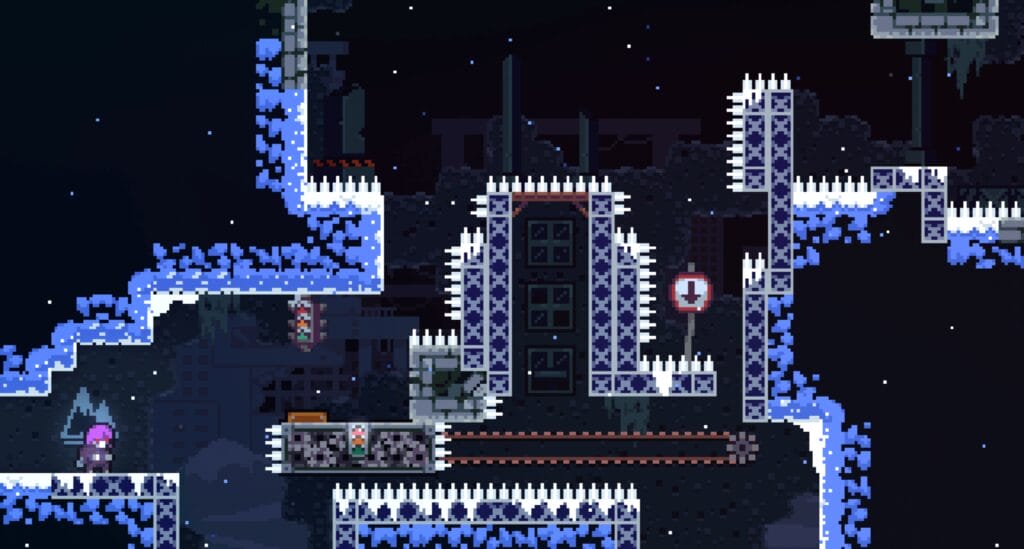A game design document is a detailed blueprint that outlines the vision, mechanics, and features of a video game. It serves as a crucial roadmap for developers and designers, ensuring that all aspects of the game are accounted for and well-defined. A well-crafted Game Design Document Example can help streamline the development process and ensure that the final product meets the initial vision.
This article will delve into the essential components of a game design document and furnish you with compelling examples of how to organize and document each element with utmost effectiveness. From the game concept to the art and visuals, we will cover all the essential elements necessary to create a successful game design document. By the conclusion of this article, you will possess a profound comprehension of the vital components required to produce an all-encompassing game design document that will breathe life into your game concept.
Components of a Game Design Document
A game design document typically comprises several essential components that are critical to the success of the game. Each of these elements contributes to the game development process and outlines the game’s core features, mechanics, and aesthetics.
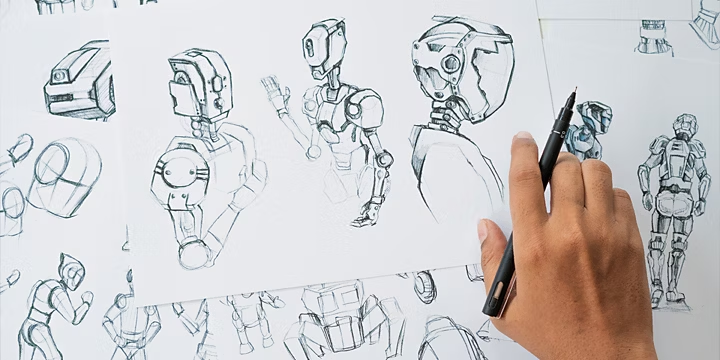
1. Concept
The concept is the central idea that forms the basis of the game. It provides a summary of the game’s theme, setting, and gameplay mechanics. Having a clear and defined concept is crucial for keeping a game coherent and concentrated. It gives the development team a sense of direction and serves as a constant reference point throughout the entire game creation process.
2. Target Audience
The target audience of the game defines the game’s marketing strategy and influences many of the design decisions. Identifying the target audience is essential to ensure the game appeals to the intended player base. The target audience should be described in detail, including demographic information such as age, gender, and location.
3. Gameplay Mechanics
The gameplay mechanics outline the rules and interactions that govern the player’s experience. It defines the core gameplay elements, such as character movement, combat, puzzles, and other elements that affect the gameplay. A thorough understanding of the gameplay mechanics is essential to create a cohesive and engaging game.
4. Story and Narrative
The story and narrative components of the game provide the context and depth to the game. It includes the game’s plot, characters, dialogue, and cutscenes. The story and narrative add value to the game and can elevate the player’s experience.
5. Level Design
The level design defines the game’s environments, objectives, and progression. It creates the game’s structure, pacing, and challenge. The level design should be well-planned and coherent to provide an enjoyable and challenging experience for the player.
6. Art and Visuals
The art and visual components of the game provide the game’s aesthetics, creating a visual language that communicates the game’s theme and mood. It includes the game’s concept art, character design, environmental design, and UI design. The art and visuals should be consistent with the game’s concept and target audience.
7. Sound and Music
The sound and music components provide the game’s audio experience, creating a sonic atmosphere that enhances the game’s immersion. It includes sound effects and background music. The sound and music should be designed to complement the gameplay mechanics and the game’s overall aesthetic.
By combining these components, a game design document provides a comprehensive overview of the game and serves as a guide for the development team throughout the game creation process. By creating a detailed game design document, game developers can ensure that the final product meets their vision and resonates with the target audience.
Game Concept
The game concept is the cornerstone of any game design document. It is the defining idea that sets the game apart from others and gives it an identity. The game concept section should be concise but clear, outlining the game’s key idea in a few simple sentences.
“The game concept is the high-level idea that defines the game and its gameplay.”
A strong game concept should be unique, engaging, and cater to the target audience’s interests. Brainstorming is an essential part of developing a game concept. It is recommended to gather a group of imaginative and creative individuals to develop a list of possible game concepts. Refining ideas based on market research is also critical in the development of a game concept.
During the brainstorming process, it is important to consider the game’s mechanics, target audience, and marketability. Combining the game’s mechanics, narrative, and aesthetics is an excellent way to generate a solid game concept.
Once the game concept has been identified, include it in the game design document. It is essential to explain the game concept in a clear and concise manner to ensure that the entire development team understands the idea’s direction.
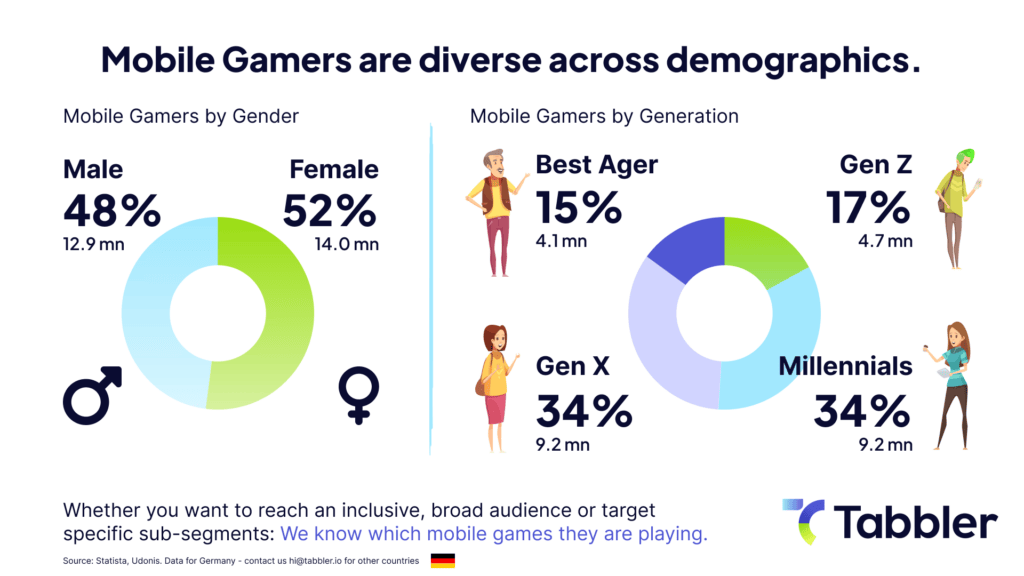
Target Audience
Understanding the target audience is crucial in creating a successful game. Identifying the target audience early in the process is crucial since a game that is designed for one demographic may not resonate with another.The target audience should be considered throughout the game design and development stages to ensure that the game properly caters to their preferences and needs.
The target audience should be clearly defined in the game design document, including demographic information such as age, gender, and interests. Additional details such as preferred platforms and gaming habits may also be included, as this information can inform design decisions.
Take, for instance, a game tailored to little ones. It boasts an uncomplicated user interface and effortless gameplay that comes naturally. On the other hand, a game intended for more grown-up players features intricate mechanics and a compelling storyline with a darker, more mysterious essence.
Identifying the Target Audience
To identify the target audience, consider conducting market research and analyzing industry trends. This can involve surveying potential players or analyzing data on existing games that appeal to the desired demographic.
Demographic information can also be gleaned from social media and online forums where gamers congregate. Pay attention to discussions regarding popular game titles and what elements players enjoy or dislike, as this can inform design choices for your own game.
Ultimately, the target audience should be at the forefront of every design decision made throughout the game creation process. By keeping the audience in mind, developers can create a game that resonates with players and achieves success in the competitive gaming industry.

Gameplay Mechanics
The gameplay mechanics of a game are the core game systems, rules, and interactions that players will experience throughout the game. Documenting gameplay mechanics in the game design document is essential to ensure all members of the development team understand how the game should function and how the player will interact with it.
Gameplay mechanics include various aspects, such as player mechanics, enemy behaviors, movement, combat, and objectives. It’s essential to have a clear understanding of the mechanics to ensure the game is fun, engaging, and challenging.
Player Mechanics
The player mechanics detail how the player interacts with the game, such as movement, jump, and attack controls. The document should outline the player’s abilities, limitations, strengths, and weaknesses. It should also describe how different player actions affect the game’s world and how players can progress through the game.
| Player Mechanics | Description |
|---|---|
| Movement Controls | Describe how the player moves, such as walking, running, jumping, and climbing. |
| Combat Controls | Detail how the player can attack, block, and dodge enemy attacks. |
| Health and Damage Systems | Outline how the player can be damaged and how to recover from damage. |
Objectives
The game’s objectives are the goals that the player must complete to progress through the game. These could be defeating bosses, finding hidden items, or clearing levels. The document should describe how objectives work, how they are communicated to the player, and how they fit into the game’s story and progression.
Enemy Mechanics
The enemy mechanics describe how enemies behave, such as their attack patterns, weaknesses, and strengths. The document should also outline the different types of enemies and how they fit into the game’s world.
| Enemy Mechanics | Description |
|---|---|
| Behavior Patterns | Describe how enemies move, attack, and respond to the player. |
| Weaknesses and Strengths | Detail the different enemy types and their strengths and weaknesses to help the player strategize their approach. |
| Health and Damage Systems | Outline how enemies are damaged and how they can be defeated. |
Documenting gameplay mechanics in the game design document is essential to ensure the game is well-designed, fun, and engaging. If the development team lacks a solid grasp of the game mechanics, they run the risk of designing gameplay systems that clash with each other, leading to a perplexing and exasperating experience for the player.
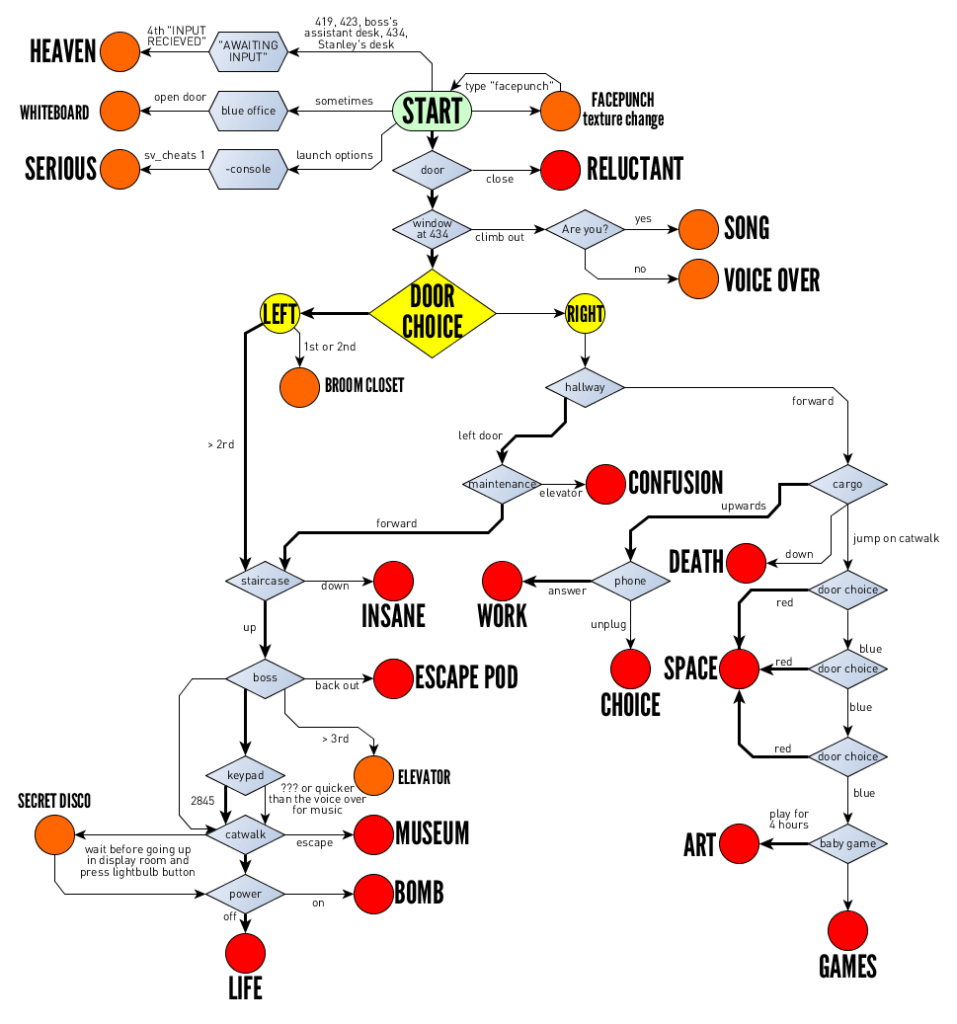
Story and Narrative
The story and narrative of a game are crucial components that can elevate the player’s experience and keep them engaged. A well-crafted storyline can transport players to a different world and keep them invested in the game’s characters and plot. A game design document should include a detailed plan for the game’s story and narrative elements.
Emphasize the importance of a good story and narrative, and how it can differentiate a game from others in the market.
When documenting the story and narrative in a game design document, it is important to define the game’s protagonist and antagonist, as well as the supporting characters. This will help establish a clear direction for the story and ensure that the characters are well-rounded and relatable.
Explain the importance of defining characters, their roles, and their motivations in the story.
Additionally, the game design document should provide an outline of the game’s plot and the events that will occur throughout the game. This should include information on the setting, conflict, and resolution of the story.
Please give me examples of how to organize the narrative elements in a game design document. This includes outlining the main story arc, writing character bios, and mapping out cutscenes, dialogue, and scripted events.
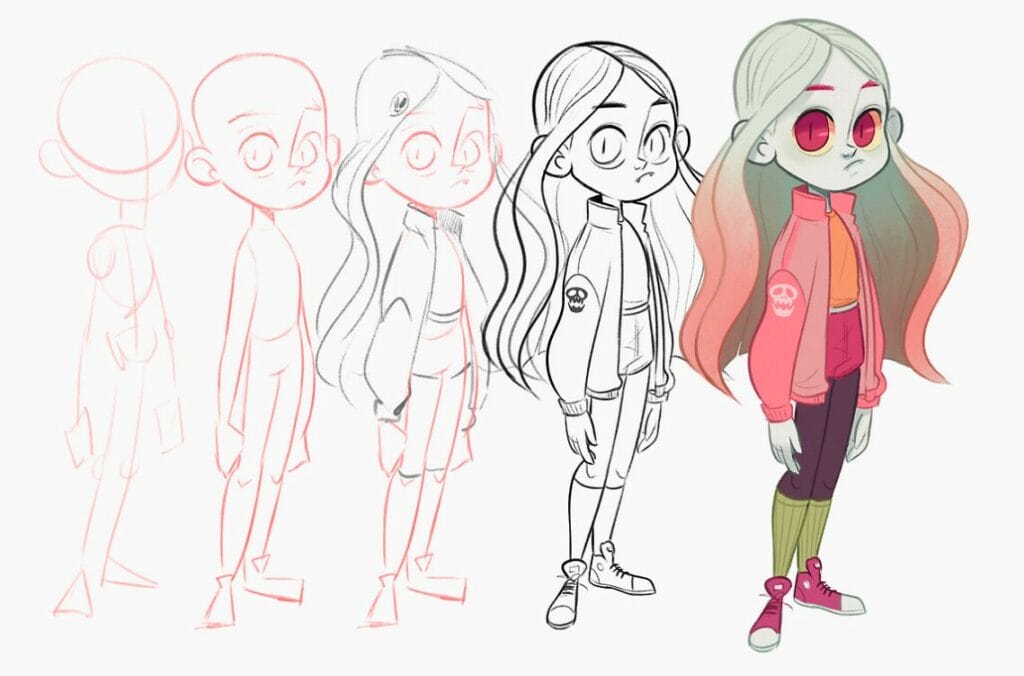
Character Development
The game design document should also outline the development of the game’s characters. This includes information on their personalities, motivations, strengths, and weaknesses. It should also include how the player will interact with the characters and how they will evolve over the course of the game.
Highlight the importance of character development and how it can impact player engagement and investment in the story.
A strong character development plan can help establish emotional connections between the players and the game’s characters, making the gameplay experience more immersive and enjoyable. This can be achieved through various methods, such as dialogue choices, actions, and consequences that affect the characters and their relationships with each other.
Please give examples of how to integrate character development into a game design document. This can include character arcs, dialogue options, and branching paths that have an impact on the story.
Level Design
The level design component of a game design document focuses on creating a challenging and engaging gameplay experience through the game’s unique level design. This section should include a breakdown of the various levels in the game, each level’s objectives, and the obstacles the player will face. The level design should also consider the game’s overall pacing and difficulty curve.
| Level Name | Objectives | Obstacles |
|---|---|---|
| Level 1: The Tutorial | Introduce basic game mechanics and controls to the player. | Simple puzzles and challenges that test the player’s understanding of the mechanics. |
| Level 2: The Forest | Find and retrieve a key to unlock a door leading to the next level. | Enemy trolls, traps, and environmental hazards. |
| Level 3: The Castle | Rescue the princess from the evil king. | Challenging enemy encounters and platforming challenges. |
It’s essential to document level design in detail to ensure a consistent and coherent gaming experience. This documentation should include level maps, sketches, and diagrams to help the development team visualize gameplay. To make the documentation more engaging, add concept art or screenshots of scenes from each level.
Important Note: Be sure to identify any technical constraints that may impact the level design, such as hardware limitations. These limitations should be considered when creating the design for each level to prevent any technical issues that may arise.
Art and Visuals
The art and visual components of a game are crucial to its overall success. A well-designed game with visually appealing elements not only adds to the game’s attractiveness but also helps in creating an immersive experience for players.
The game design document should have a clear section dedicated to art and visual guidelines. This section should include:
| Component | Description |
|---|---|
| Concept Art | Visual representations of characters, environments, and other game elements. |
| Art Style | A detailed explanation of the overall look and feel of the game. |
| Visual Guidelines | Instructions for creating visual assets like icons, buttons, and backgrounds. |
The concept art should give an idea of the game’s theme and its visual approach. It should also highlight character and environment designs, including their color palettes.
The art style should be explained in detail, mentioning the preferred art form, whether it’s 2D or 3D, and the preferred colors. It should also define how the game elements should be presented, including the UI, characters, and environments.
The visual guidelines should explain how the game elements should be created and presented. This includes instructions on how to design and create individual assets, ensuring consistency throughout the game. It should also address issues like resolution, aspect ratio, and file formats.
To create a coherent and visually appealing game, it’s essential to spend time on the art and visual design elements. It is absolutely essential to include a well-defined and comprehensive art and visual section in the game design document. This step is pivotal in ensuring that the ultimate creation is perfectly aligned with the original vision.
Sound and Music
Sound effects and music are essential elements of creating an immersive gaming experience. Proper sound and music selection can elevate the game’s atmosphere and provide players with a memorable experience.
When developing a game, it is crucial to consider the audio requirements. The game design document should specify the type of sound effects and music required for the game. For example, if a game has a horror theme, it may require eerie and unsettling music. In contrast, an adventure game may require an exciting and upbeat soundtrack to keep players engaged.
In addition, the game design document should clearly specify the necessary sound effects. Each action performed by the player or non-playable characters should have a corresponding sound effect. For example, the sound of a door opening or a gun firing.
It is crucial to create a cohesive and consistent sound signature for the game. The game design document serves as a crucial blueprint, offering comprehensive guidelines for the sound and music style, guaranteeing that every aspect of the audio element harmoniously complements the overall atmosphere and theme of the game.
A well-planned audio component can provide the players with an unforgettable gaming experience.
Frequently Asked Questions (FAQ)
Here are some common questions and concerns related to creating a game design document:
What is the purpose of a game design document?
A game design document serves as a blueprint for the game development process. The document details the core elements of the game, including the game concept, target audience, gameplay mechanics, story and narrative, level design, art and visuals, sound and music, and various other crucial aspects that contribute to its overall experience. It ensures that everyone involved in the game development process is on the same page and provides a clear vision for the game’s development.
What are the essential components of a game design document?
A well-crafted game design document encompasses vital elements such as the game concept, the intended audience, the intricate gameplay mechanics, the compelling story and narrative, the meticulously designed levels, the mesmerizing art and visuals, the captivating sound and music, and any other crucial aspects of the game. It is important to ensure that these components are well-defined and clearly documented to ensure a smooth game development process.
How do I create a game design document?
To create a game design document, you should start by brainstorming and defining the game concept. You should then identify the target audience and understand their needs and preferences. Next, you should define the gameplay mechanics, including core gameplay elements, rules, and interactions. In addition, it is essential to create an engaging and captivating storyline, craft creatively demanding yet visually stunning levels, define clear guidelines for art and visuals, and carefully choose the perfect background music and sound effects. Finally, you should document all of these aspects of the game in a clear and concise manner.
What should I include in the game concept section of the game design document?
Include a short summary of the story and setting, along with a description of the gameplay mechanics and objectives, in the game concept section of the game design document. It should also define the unique selling points of the game and outline how it differentiates itself from other games in the same genre.
How do I define the target audience for my game?
To define the target audience for your game, you should consider factors such as age, gender, interests, and gaming preferences. You should also conduct market research and analyze existing games that appeal to your target audience to gain insights into their needs and preferences. After gaining a thorough grasp of your target audience, it is essential to record this valuable information in the game design document. This guarantees that the game will truly captivate them.
How do I document the sound and music requirements for my game in the game design document?
In the game design document, you should include a detailed description of the sound effects and background music that will be used in your game. You should also specify any technical requirements, such as file formats and sample rates. Additionally, you should include any reference tracks or samples that may aid in communicating your vision to the sound designer or composer.
These are just a few of the common questions and concerns related to creating a game design document. To create a solid game design document, follow the guidelines in this article and do thorough research. This will help you lay the groundwork for a successful game development process.









